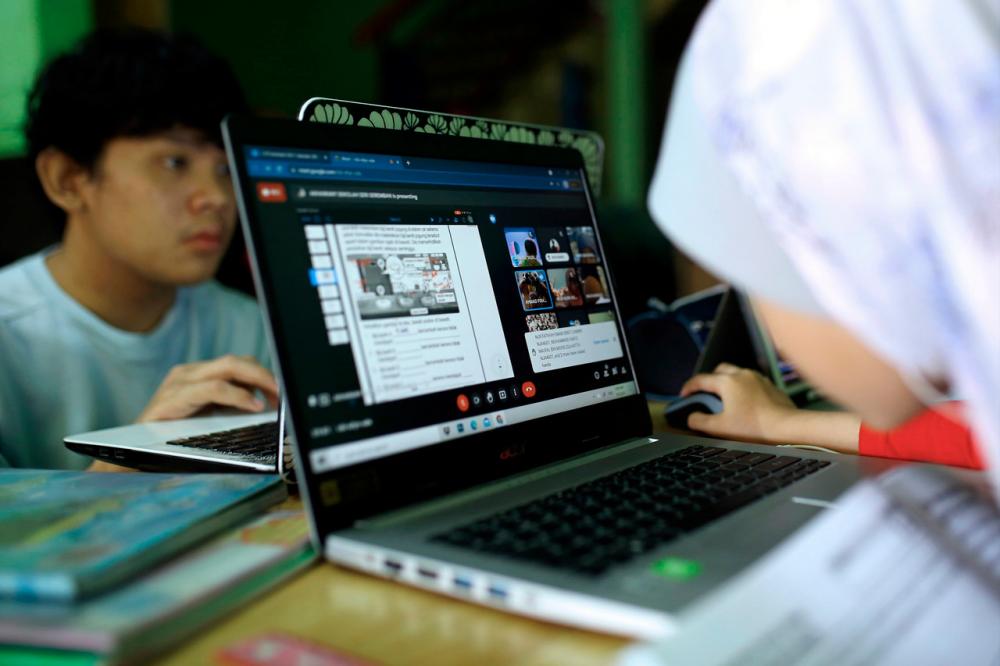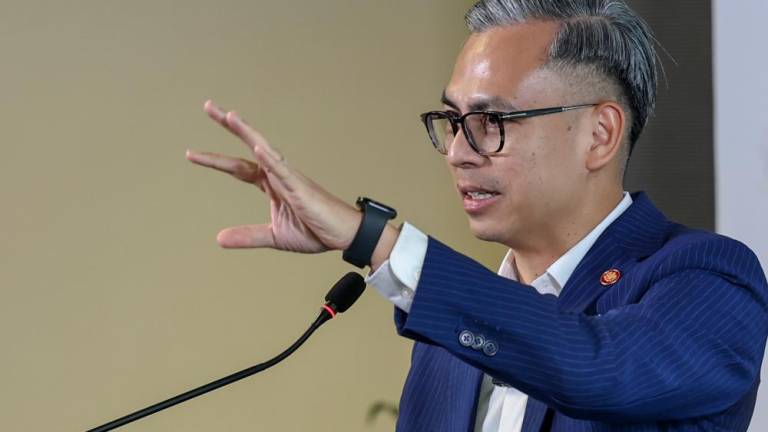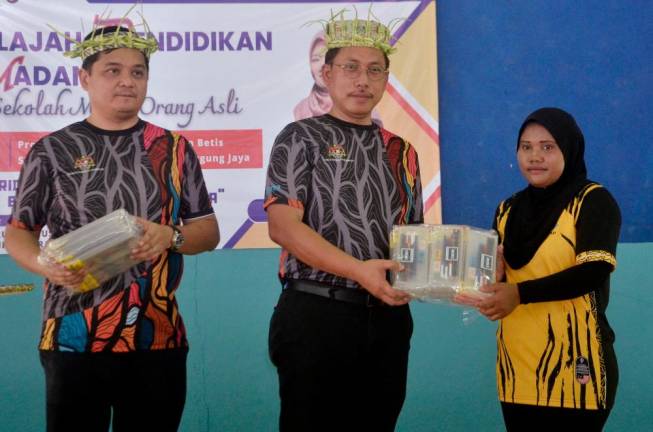ALOR SETAR: For the home-based Teaching and Learning (PdPR) process to succeed, teachers have to be creative in finding the best method of imparting knowledge that suits the students condition.
The online PdPR method may be seen as an easy way to ensure continuity of the teaching and learning process (PdP) when schools are closed for face-to-face learning, where the ‘offline’ method also ensure students do not fall behind in their studies.
For Dr Abdul Ghani Jalil, who teaches Bahasa Melayu at Sekolah Menengah Kebangsaan (SMK) Bukit Payong, Pokok Sena, near here, PdPR should be adapted to the students’ condition to ensure they, especially those residing in rural areas, are not left behind.
“I teach Form Four and Five students and usually, I will run classes according to the roster by using the ‘Google Meet’ or ‘WhatsApp’ application,“ he told Bernama here, recently.
However, for students who have problems to participate in virtual learning sessions, lessons are conducted offline, where he would go to the students’ homes to give them the modules.
Abdul Ghani, 46, who is from Kuantan, Pahang, and has been in the education field for 17 years, said he did his best to help his students learn through PdPR.
“There are many ways to implement this PdPR, either online or offline. If the student is interested in watching the video, we can create a module using the ‘TikTok’ application or if the Internet line at the students’ home is slow, I’ll send the module to their house.
“I also do not like to burden students because besides Malay Language, they also have other subjects to learn and because of that I normally give the students one or two modules to make sure they are not left behind and complete the syllabus,” he added.
Abdul Ghani said during PdPR lessons, teachers have to be sensitive and know problems facing their students, like if they did not join the class or did not hand in their school work.
“If the students are quiet, it could be they do not understand what they have to do, so teachers need to approach students, especially those in rural areas, because there are other problems that make the PdPR method less effective.
“But, no matter how difficult it is, I will make sure my students understand their lessons using this PdPR method, whether it is ‘online’ or ‘offline’, because the most important thing is that they do not fall behind in their lessons,“ he said.
Meanwhile, Mohd Azharuddin Shah Yaakap (rpt Yaakap) , who teaches the Malay Language and music at Sekolah Kebangsaan (SK) Mergong here, said besides using the Telegram and WhatsApp application for PdPR, teachers at the school also conduct lessons offline.
“The offline lesson is done by leaving the module in a special box placed in front of the school gate to be picked up by the students’ parents.
“There are many challenges when conducting PdPR, especially with primary school students because they are not focus during online classes,“ he added.
The 38 -year -old teacher said that in order to attract his students’ attention, he would use the YouTube link.
“Students of this age prefer to watch YouTube, so we use this approach to get their attention. There are also teachers who take the initiative by creating their own YouTube site to teach their students,“ he added.
-Bernama














